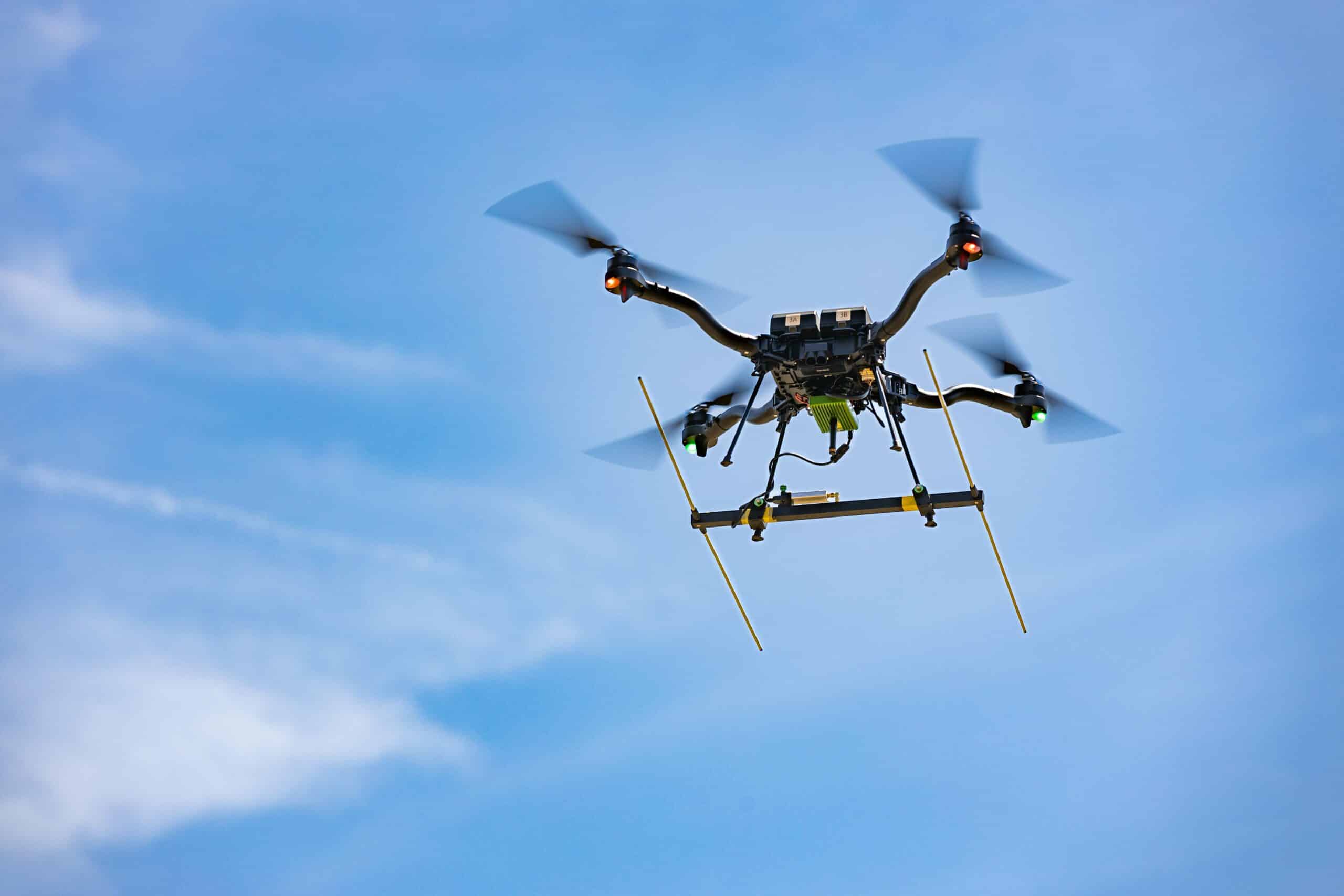
Insights
5 Things You Can Do With Wildlife Drones That You Can’t Do With Manual Tracking
Wildlife Drones offers an innovative wildlife tracking solutions, including drone-based radio telemetry technology. Our cutting-edge technology excels manual tracking methods in several ways, including improved accuracy, greater accessibility, and enhanced efficiency.
If you’re a wildlife conservationist or biologist seeking to streamline your research, our revolutionary drone radio tracking technology is a far better alternative to conventional radio tracking using a handheld Yagi antenna.
To show just how brilliant our tracking system is, we’ve created this insightful article, showcasing the greatest opportunities offered using drones to track wildlife, that you can’t get with manual radio-tracking methods.
Keep reading to uncover why you should embrace Wildlife Drones’ groundbreaking technology for future wildlife research.
Drone Radio Tracking Vs Manual Radio Tracking: What’s the Difference?
Manual radio tracking requires you to physically find wildlife on foot, whereas Wildlife Drones’ wildlife tracking solutions combine drone technology with radio telemetry systems, allowing you to track wildlife species from above. This means you can gain valuable data with much less effort and fewer restrictions. A viewshed analysis conducted by Wildlife Drones found that drone radio-tracking covered four times the area compared to hand-held tracking.
5 Things You Can Do With Wildlife Drones That You Can’t Do With Manual Tracking
Although manual tracking is a trusted method of wildlife tracking, it presents many drawbacks, such as limited tracking range and finding high points, difficulty accessing tricky terrain, and disturbing natural habitats. Wildlife Drones’ drone-based telemetry system overcomes these obstacles, allowing for more tracking opportunities and improved results.
Here are 5 remarkable ways our technology has reimagined wildlife tracking:
#1 Track Up To 40 Animals Simultaneously
Regular radio telemetry technology limits tracking to one animal at a time, which is troublesome when gathering data on large groups of animals. Our drone-based radio telemetry solutions allow you to track up to 40 animals simultaneously, empowering you to collect comprehensive data more efficiently.
For example, our radio-tracking technology is being utilised to locate and monitor several Eastern Quolls at the same time in Tasmania, Australia. By allowing researchers to track multiple Quolls, they have made incredible breakthroughs that are helping safeguard the future lives of this endangered species.
#2 Safely Track Dangerous and Venomous Species
Because traditional radio tracking requires on-foot navigation, there’s a heightened risk of encountering potentially dangerous or poisonous wildlife. This poses a serious threat to your health and safety.
Thankfully, Wildlife Drones’ technology eliminates this problem by allowing you to track animals in real-time at a safe distance.
This benefit was especially handy when Associate Professor Gavin Smith from the Australian National University needed to track Eastern Brown Snakes, a dangerous species that’s responsible for the largest amount of snakebite deaths in Australia. Our technology enabled the researcher to view and monitor the location-tagged snakes in real-time without needing to navigate through tall grass vegetation.
Because our drone-based telemetry solution replaces on-foot tracking with drone tracking, tricky and potentially hazardous terrain will no longer limit your research, allowing you to navigate rocky, mountainous, and marshy land with no risk of injury.
#3 Track Animals With Minimal Habitat Disturbance
On-foot tracking can scare off wildlife and disturb habitats, making this method particularly problematic when monitoring elusive species that scare easily.
Because Wildlife Drones’ tracking solution doesn’t involve ground navigation, it’s less likely to disturb wildlife and disrupt habitats. This is excellent when tracking highly-mobile, fast, and skittish animals, like threatened grassland birds. These are otherwise near impossible to monitor with on-foot tracking, such as using a handheld Yagi antenna.
#4 View Locations of Tagged Animals in Real-Time
Because on-foot radio tracking requires you to manually follow signals, it’s more tricky to gather information on the real-time locations of wildlife. Fortunately, Wildlife Drones’ drone-based radio telemetry technology enables you to cover large areas quickly and gain rapid real-time data, where you can see each animal’s live location on a map at your base station, even when you’re offline.
Our cutting-edge real-time tracking technology is compatible with all kinds of very high frequency (VHF) radio transmitters, including radio tags, implant tags, and collars. To make your research even easier, you can even download data logs from GPS and VHF tags remotely!
#5 Survey Large Areas in Less Time
Unlike on-foot radio tracking, which limits how far you can cover, our drone technology allows you to survey large distances of up to 80 hectares in just one flight. This not only makes your job much more efficient but also simplifies wildlife tracking.
Our technology has been used to monitor a range of animals across vast areas, including the Corben’s Long-eared Bat, a vulnerable species that often traverses wide distances and hard-to-reach land.

